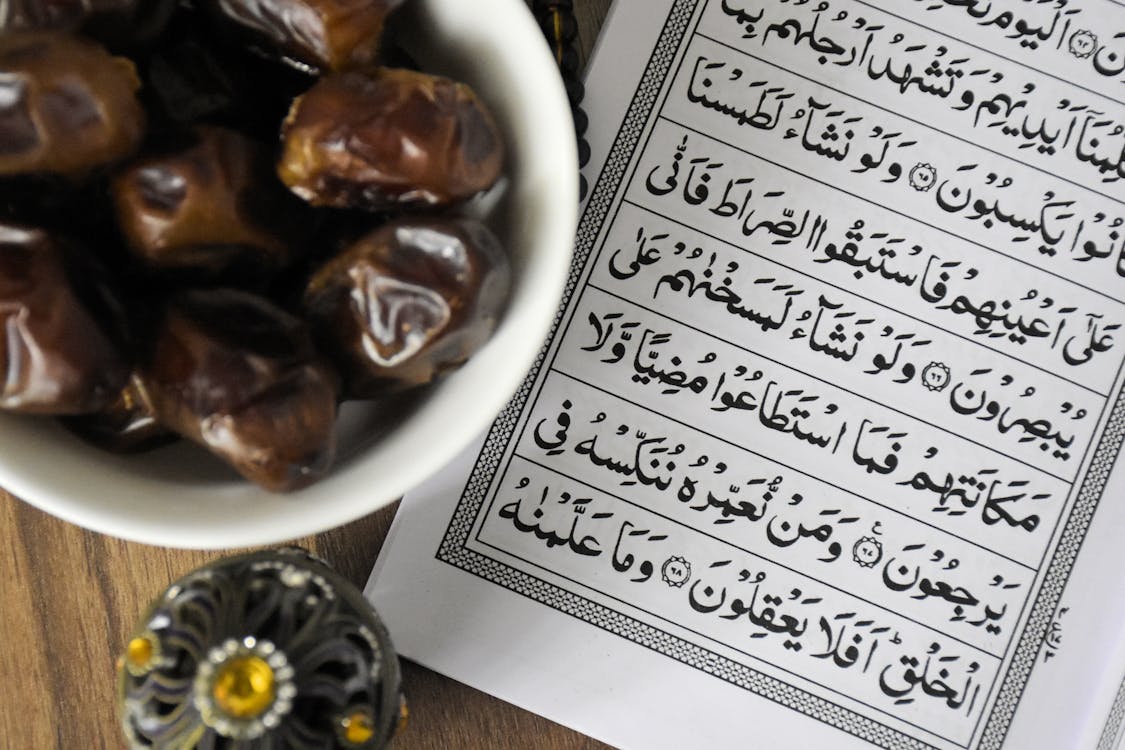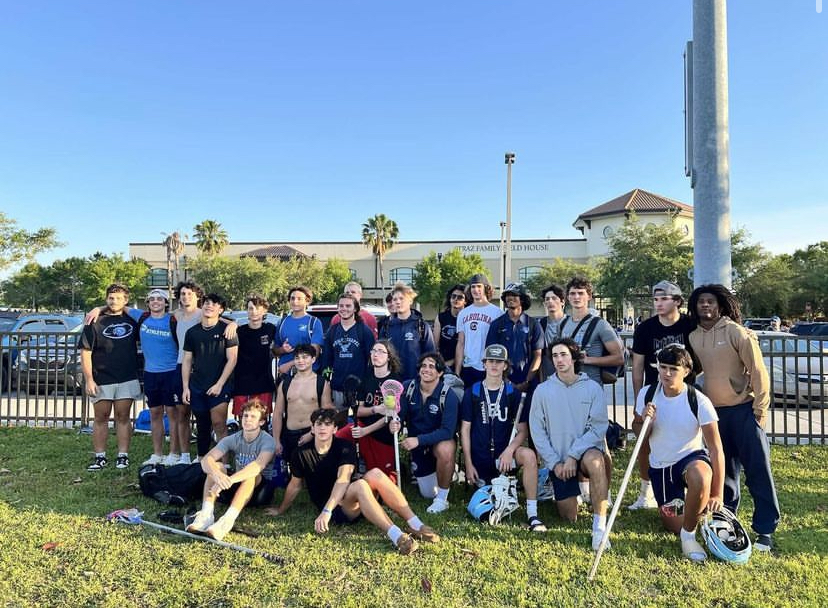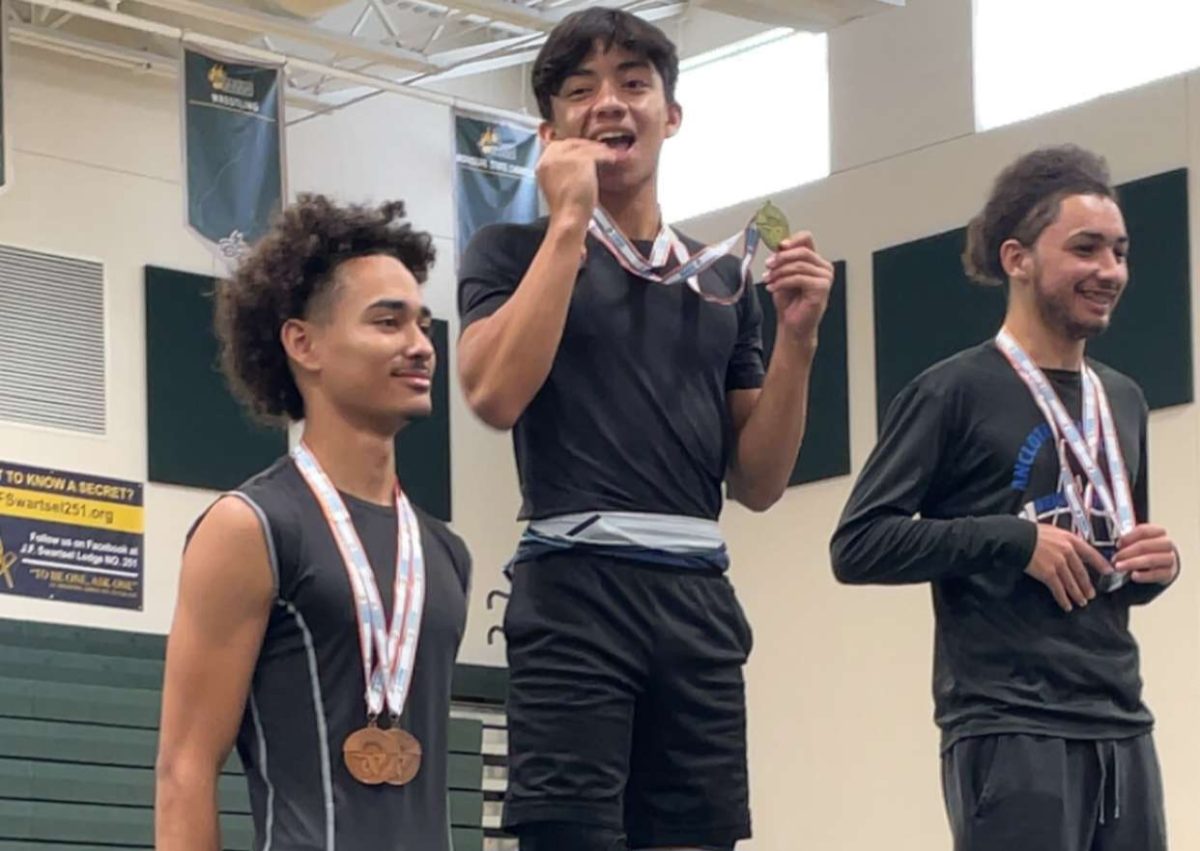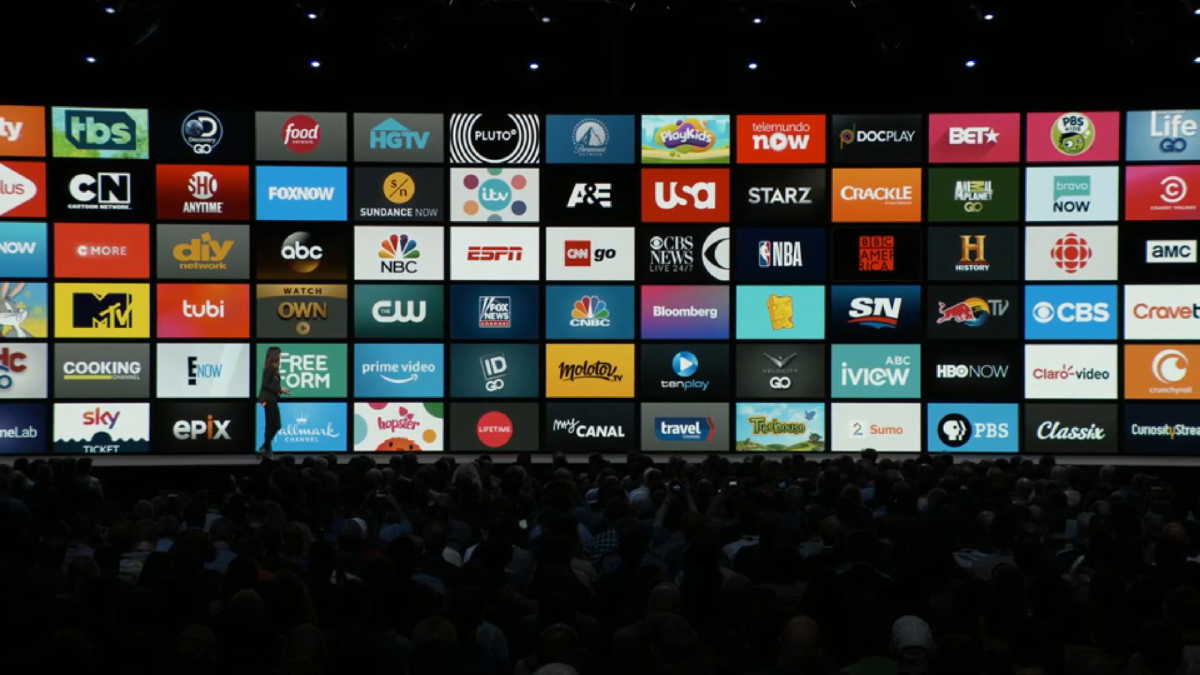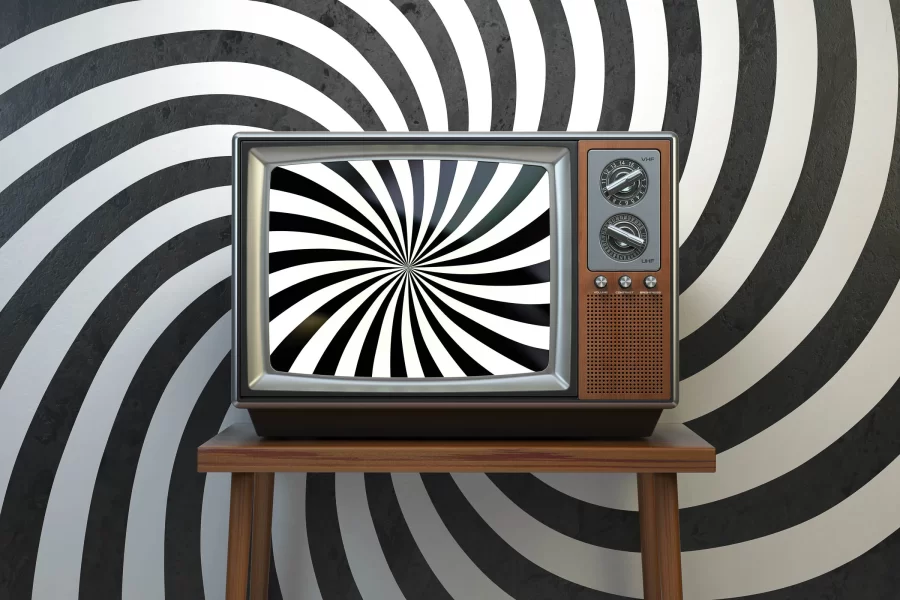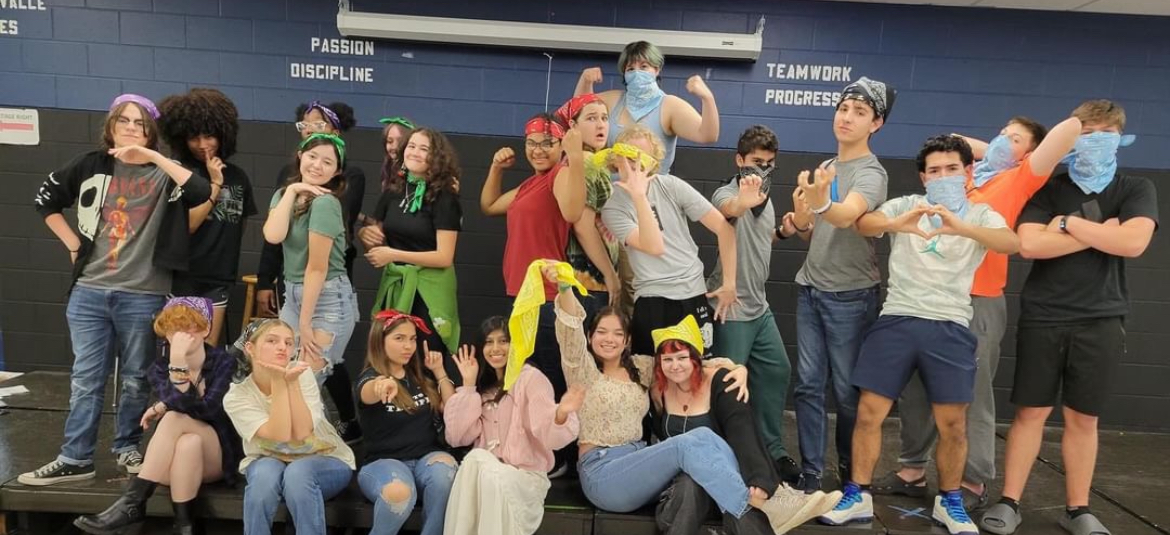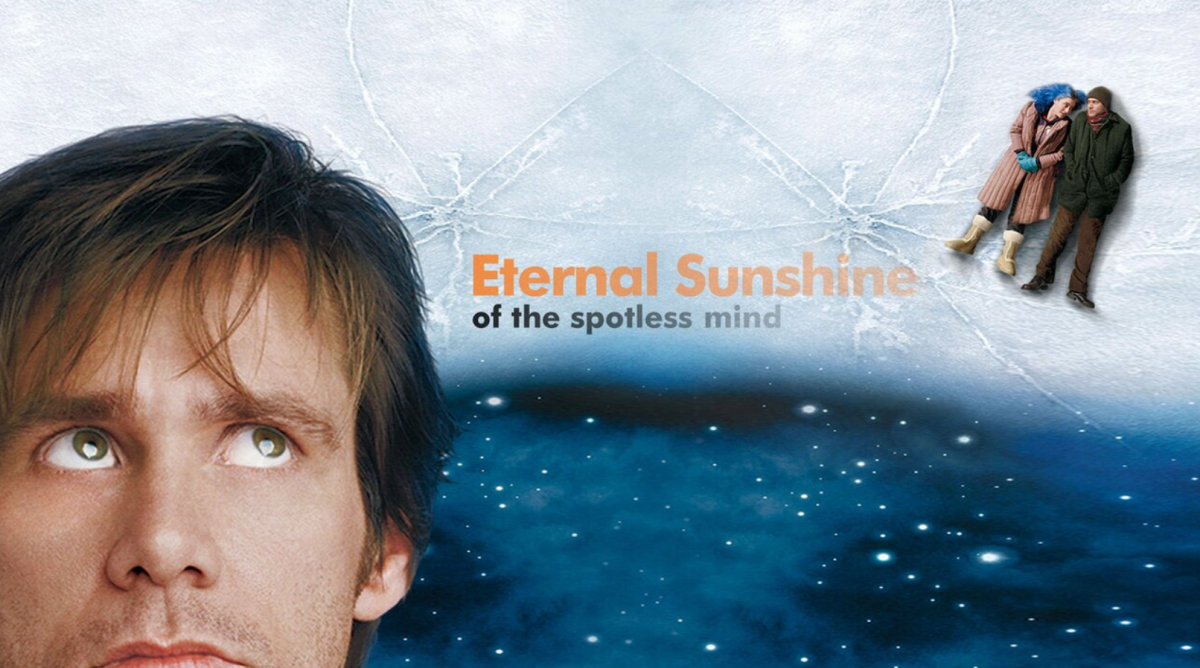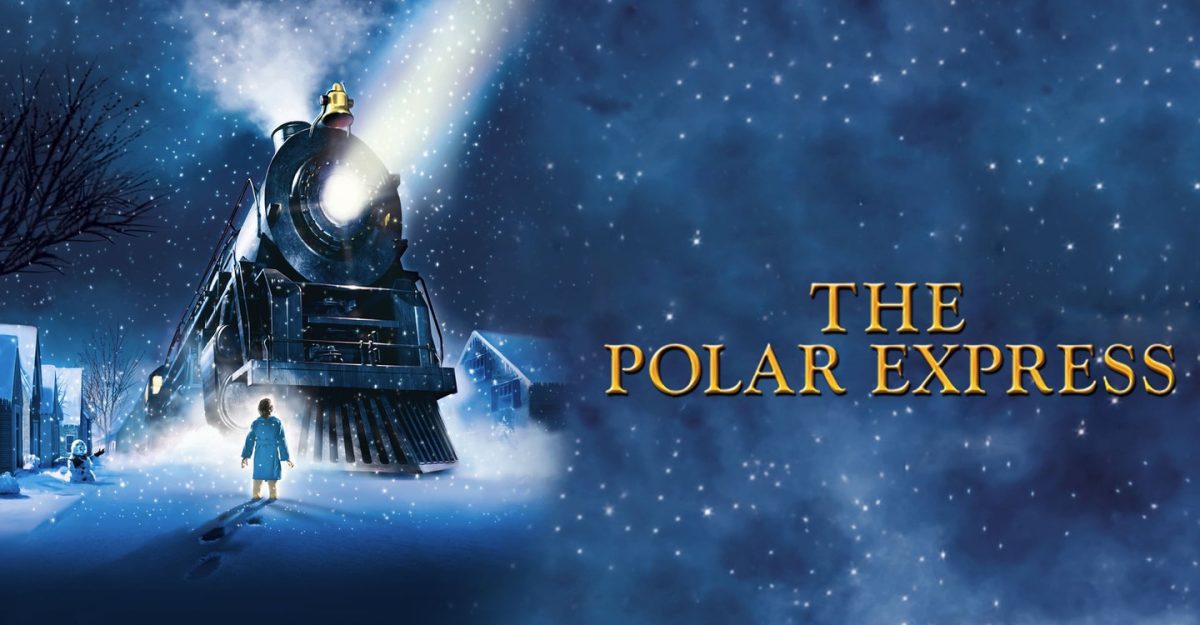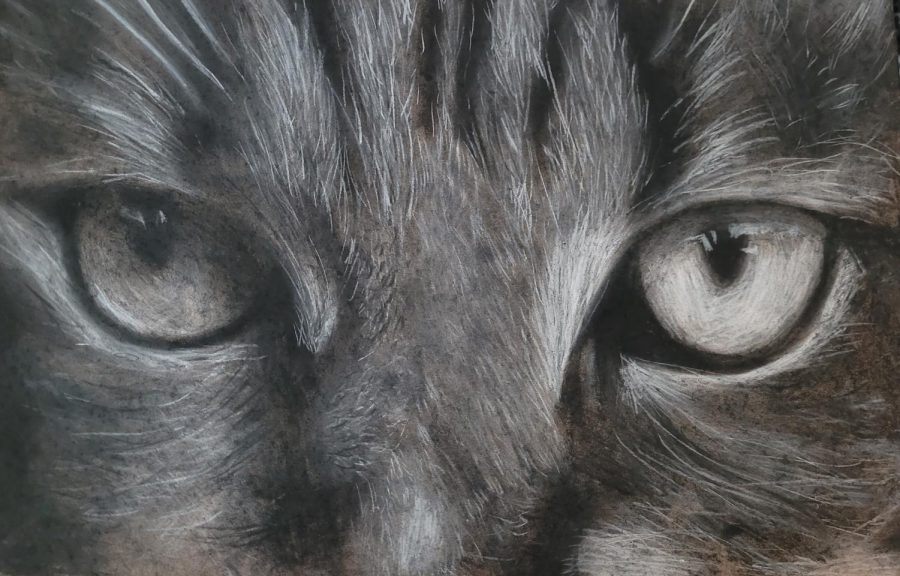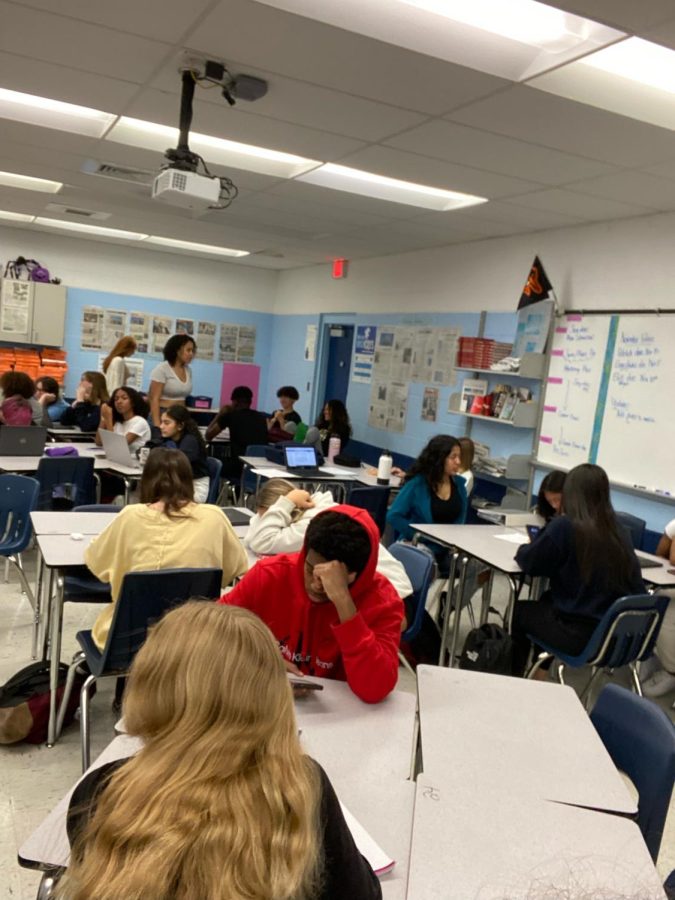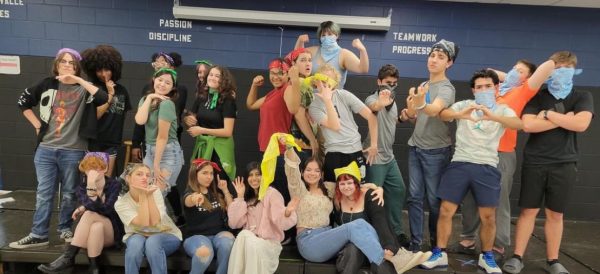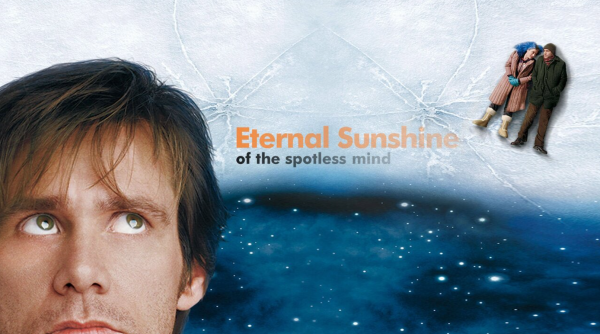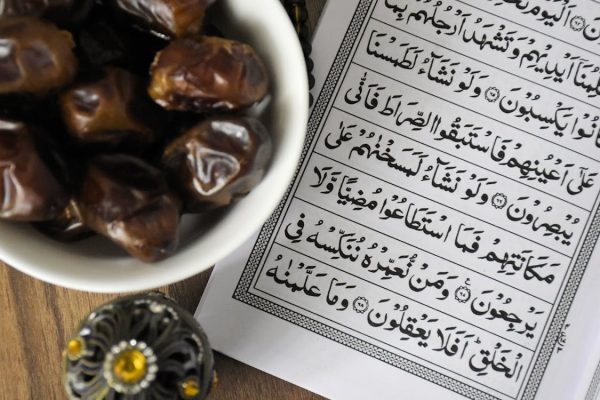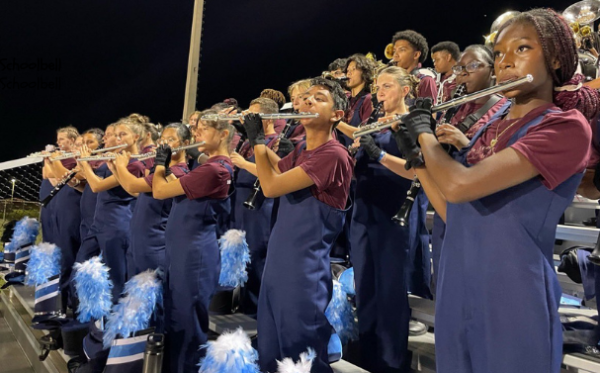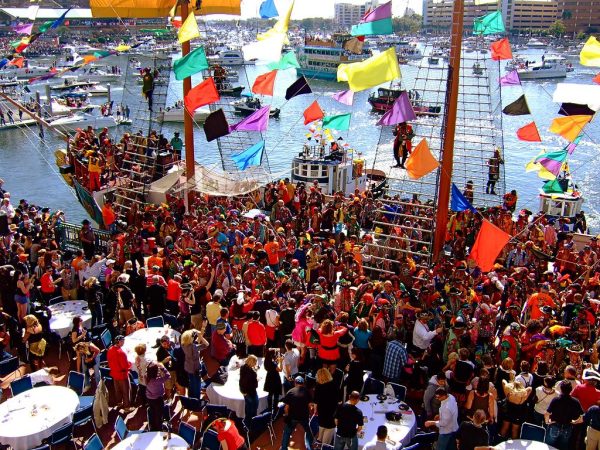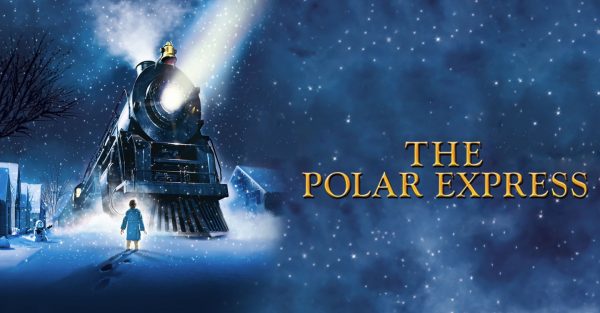“The Godfather” Movie Review, Best Film of All Time
The Godfather is a critically acclaimed classic film that does not need a review to fully appreciate its cinematic impact in the film industry. It is a timeless masterpiece that has influenced countless other films and filmmakers, making it an essential viewing experience for any movie fan/expert. Set during the 1940s in New York City, The Godfather is a drama/crime film with timeless themes. Director Francis Ford Coppola brought Mario Puzo’s best-selling mafia novel, The Godfather, to life when he adapted the book into a movie. In fact, both Mario Puzo and Francis Ford Coppola wrote the screenplay for this film. Not only did the cinematics and well-written plot make the movie a rare diamond among others, the outstanding performances of Marlon Brando, Al Pacino, James Caan, Diane Keaton, Talia Shire, Robert Duvall, and many others have contributed to the film’s lasting appeal.
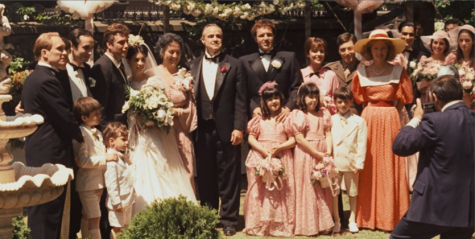
The Godfather revolves around the Corleone family, an infamous mafia empire under disguise. Vito Corleone, famously portrayed by Marlon Brando as “The Godfather”, is the head of this family. At the beginning of the movie, one can easily see that Vito Corleone is well-respected and held in high regard. The movie opens with Vito dealing with mafia activities at his daughter Connie’s (Talia Shire) wedding ceremony. Michael Corleone, the youngest child of Vito Corleone who just returned from World War II, is determined to stay away from the family business. However, when Vito is shot and nearly killed by a rival gang, Michael is forced to replace his father’s role in the criminal world. He becomes embroiled in a bloody feud with the other mafia families, as he tries to protect his family and consolidate his power.
One of the best aspects that any viewer can notice is the lighting. The cinematographer Gordon Willis, also called “The Prince of Darkness,” is known for his incredible skills from focusing on light and dark shadows in scenes. The Godfather is known for its sharp contrasts, poorly lit or half-lighted features, and deep shadows. Utilizing this lighting creates a sense of intimacy and secrecy, as if the characters are living in a shadowy world of their own making. The purpose of faces in dim lighting is to keep the character’s identity as a mystery. These lighting 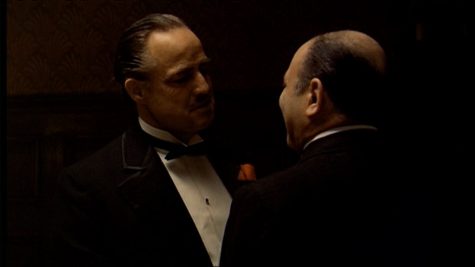 methods convey to the audience that we never truly learn the characters’ true identities. Therefore, the shadows correlate with the characters’ hidden desires, fears, and secrets, which are often concealed. For instance, the opening scene begins with Bonasera’s dimly lighted face before gradually zooming out to show the darker surroundings and Vito Corleone’s silhouette looking down at Bonasera from a position of control. The introduction then switches to the wedding, where the bright lighting gives the viewers a new perspective on the characters, thus creating the secretive tone that the family business has. Even with the illuminating lighting, Willis still decides to keep the sockets of Vito’s eyes covered in shadow. For the audience, their perception of a character and personality comes from the eyes. Thus, Gordon Willis makes sure that Don Vito’s identity stays mysterious by not revealing his eyes to the watchers.
methods convey to the audience that we never truly learn the characters’ true identities. Therefore, the shadows correlate with the characters’ hidden desires, fears, and secrets, which are often concealed. For instance, the opening scene begins with Bonasera’s dimly lighted face before gradually zooming out to show the darker surroundings and Vito Corleone’s silhouette looking down at Bonasera from a position of control. The introduction then switches to the wedding, where the bright lighting gives the viewers a new perspective on the characters, thus creating the secretive tone that the family business has. Even with the illuminating lighting, Willis still decides to keep the sockets of Vito’s eyes covered in shadow. For the audience, their perception of a character and personality comes from the eyes. Thus, Gordon Willis makes sure that Don Vito’s identity stays mysterious by not revealing his eyes to the watchers.
The Godfather’s soundtrack, which was composed by Nino Rota, is an essential element of the film’s success. The music enhances the emotional impact of key scenes, reinforces the characters’ personalities and motivations, and contributes to the overall sense of drama and tension. “The Godfather Waltz” is the main score that shows the complexity of the father-to-son relationship between Don Vito and Michael Corleone. In the waltz, a trumpet is used to represent Vito and his authority. As Michael accepts his fate in becoming the “Godfather,” the theme changes from focusing on the trumpet to the oboe. In contrast to Vito’s trumpet solo, the oboe belongs to Michael. Regardless of the waltz being the main theme for the film, it was mainly meant to portray the relationship between Michael and Vito Corleone. The only time the audience hears anything after the trumpet solo is one hour into the film, when Michael is present. The transition from the trumpet to the oboe foreshadows that the role of the Godfather will fall into Michaels hands.
If you have not yet seen “The Godfather,” it is a must-watch for any film lover. It is a film that will continue to captivate audiences for generations to come. When I initially watched it, I was fascinated with how deeply ingrained the themes were and how relevant they are today in my perspective. After I rewatched it, I noticed a ton of minor details that really made the storyline flourish. Consequently, I rate this film a 5 out of 5 stars. With an incredible cast of actors, a compelling storyline, and many cinematography aspects, “The Godfather” has rightfully earned its place as one of the greatest films of all time.
Your donation will support the student journalists of Wesley Chapel High School. Your contribution will allow us to purchase equipment and cover our annual website hosting costs.



